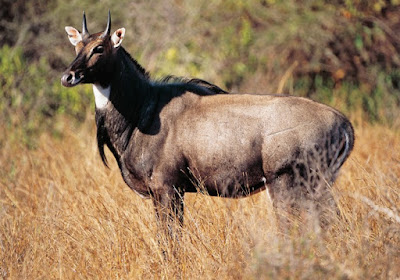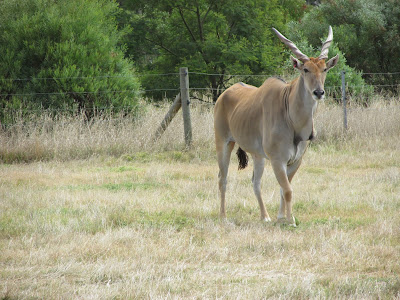Game meat is usually shredded or ground and turned into sliders, and venison sliders are by no means unfamiliar. Gazelle venison, meanwhile, is not something you would have on the table on a regular basis, that is unless you live near an exotic ranch or in a rural part of Africa. I first heard of the consumption of African wild game in an episode of “Captain Planet and the Planeteers” as a kid. And yes, people can and do eat gazelle meat in these modern times.
 |
|
Antelopes such as gazelle, gemsbok, eland, and nilgai provide a particularly flavorful (if unconventional) source of meat. Although usually consumed as a byproduct of game hunting (and many people in African nations continue to hunt them, sometimes unsustainably, for subsistence purposes), they hold a lot of promise as raised livestock. As the
Captain Planet episode discussed, actively farming these animals in their countries of origin can actually be an economical and eco-friendly way of producing meat. Research since the 1970s has explored the availability of these animals in food production, and farms across the world have had a number of programs dedicated to studying the best practices surrounding antelope farming.
Unlike cattle, which require specific conditions to thrive, the native antelopes of Africa are superbly adapted to the environment of the region. They can consume a wider variety of locally available forage, require less water, and can have a broader range in more arid regions. Moreover, they are resistant to the illnesses endemic to the region and thus do not need costly medication.
In addition, raising game animals in ranches also creates a stable captive population of the animals, protecting their numbers and preventing their overexploitation in the wild.
 |
| Joe Ciringione |
About the Author
Hello! I'm Joe Ciringione and I love to fish. Join me in my fishing adventures by subscribing to my blog. I'm a hunting aficionado in Providence, Rhode Island. You can usually find me participating in different hunting and fishing tourneys around the state. I am particularly fond of joining organizations that raise money for protecting endangered species.






